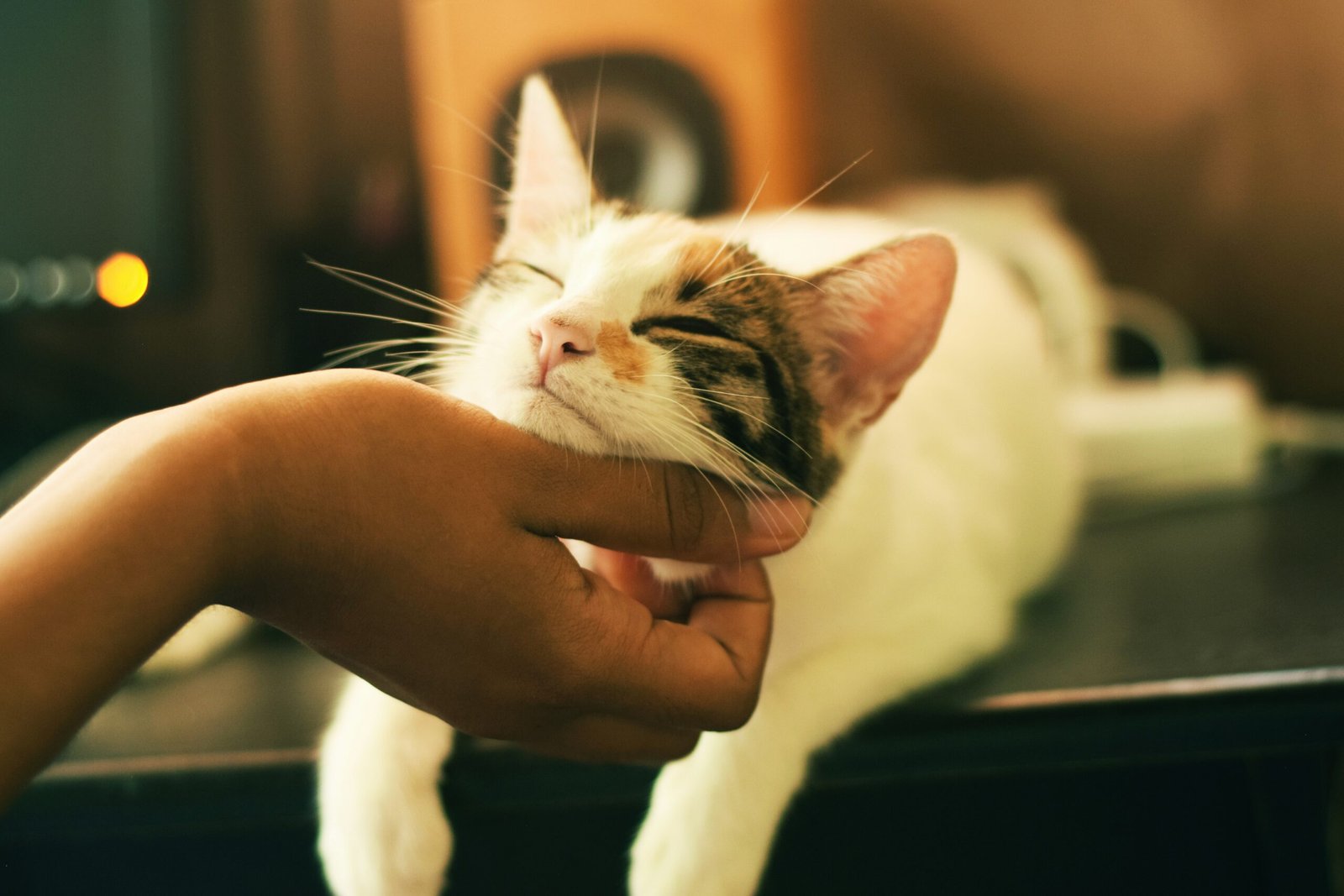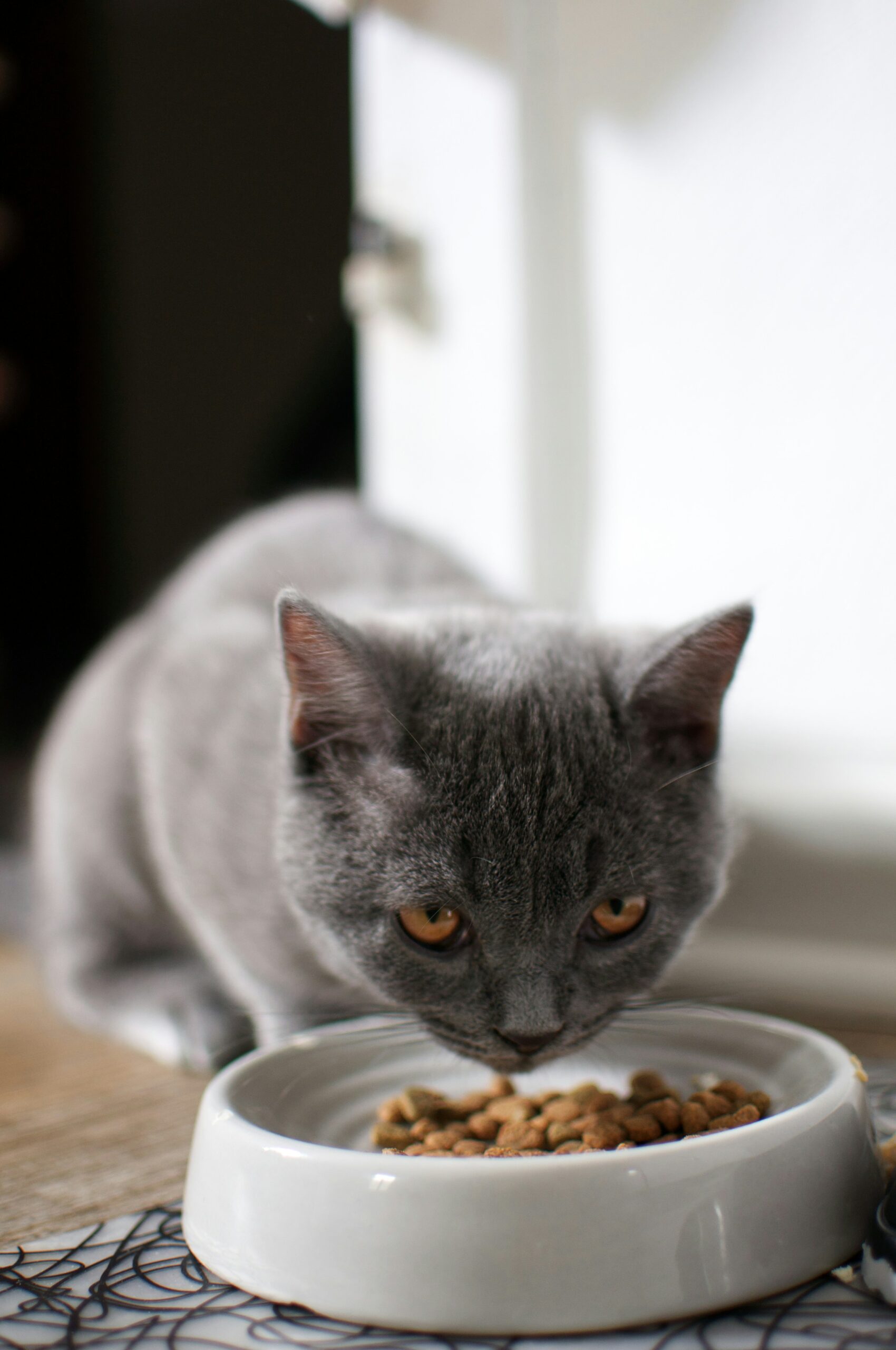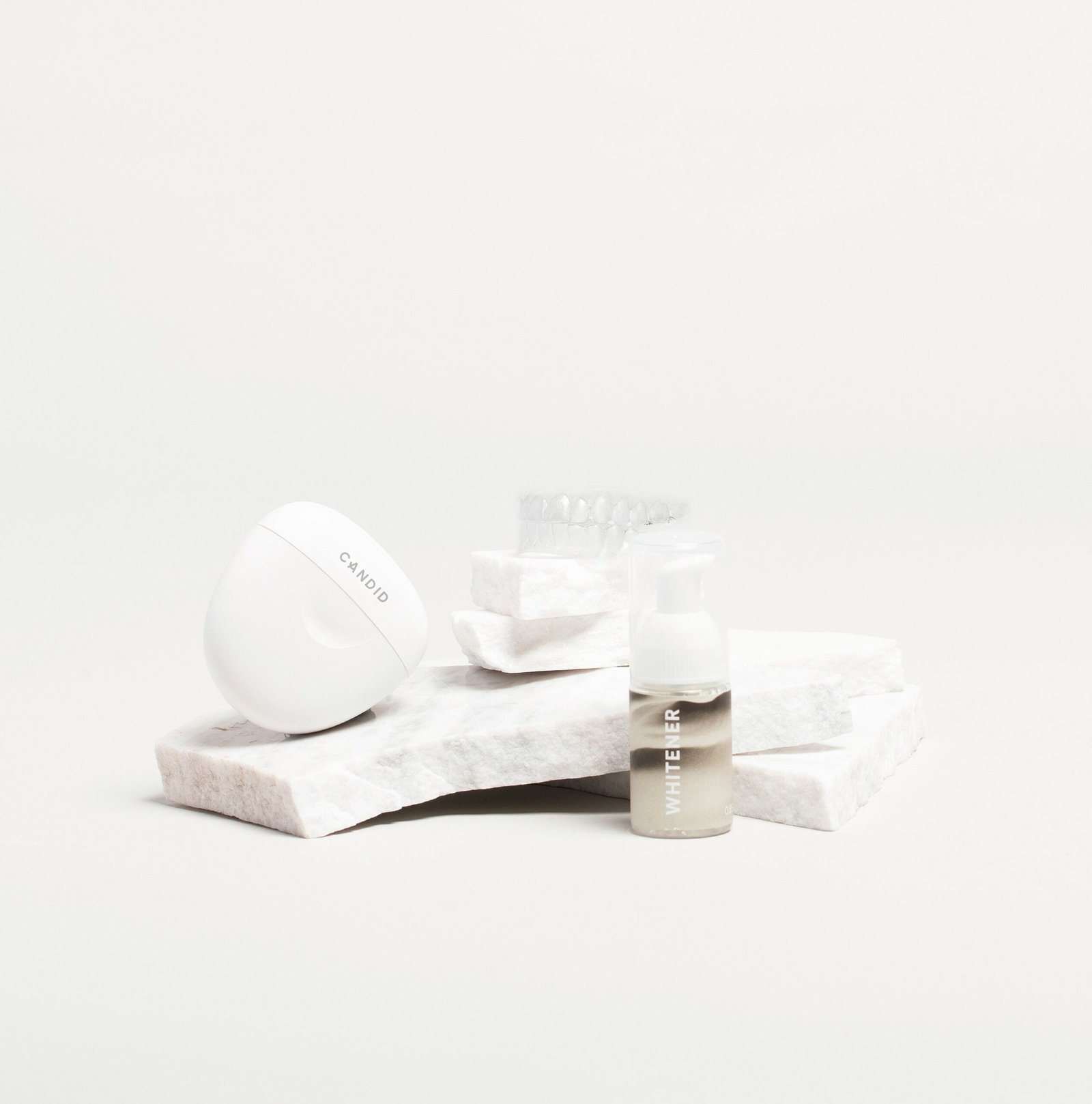
Understanding Why Cats Scratch Furniture
Before we delve into the various methods to prevent cats from scratching furniture, it’s important to understand why they engage in this behavior in the first place. Scratching is a natural instinct for cats and serves several purposes:
- Marking territory: Cats have scent glands in their paws, and scratching allows them to leave their scent and mark their territory.
- Stretching: Scratching helps cats stretch their muscles and maintain flexibility.
- Claw maintenance: By scratching, cats remove the outer sheath of their claws, keeping them sharp and healthy.
- Emotional release: Scratching can be a way for cats to release stress or frustration.
Providing an Alternative Scratching Surface
One effective way to prevent cats from scratching furniture is to provide them with an alternative scratching surface. By offering them an appealing and appropriate place to scratch, you can redirect their behavior. Here’s how you can do it:
- Choose the right scratching post: Look for a scratching post that is tall enough for your cat to fully stretch out and sturdy enough to withstand their scratching. Opt for a post covered in sisal fabric or cardboard, as these materials mimic the texture of tree bark, which cats naturally prefer to scratch.
- Place the scratching post strategically: Position the scratching post near the furniture your cat tends to scratch. If they have a particular favorite spot, try placing the post right next to it. Gradually move the post to a more desirable location over time if needed.
- Make the scratching post enticing: Sprinkle some catnip on the post or use a pheromone spray to attract your cat’s attention. You can also gently guide their paws onto the post to show them how to use it.
- Offer variety: Some cats prefer horizontal scratching surfaces, while others prefer vertical ones. Provide a variety of scratching options, including flat scratchers, inclined scratchers, and vertical posts, to cater to your cat’s preferences.
Protecting Furniture from Scratching
In addition to providing an alternative scratching surface, there are several ways to protect your furniture from your cat’s claws. Here are some effective methods:
- Use double-sided tape: Cats dislike the sticky feeling of double-sided tape on their paws. Apply it to the areas of furniture your cat tends to scratch, and they will likely avoid those spots.
- Cover furniture with a deterrent: There are various deterrent sprays available that have an unpleasant taste or smell to cats. Spray these on your furniture to discourage your cat from scratching.
- Try aluminum foil or plastic: Cats generally dislike the texture and sound of aluminum foil or plastic. Cover the areas of furniture your cat scratches with these materials temporarily to deter them.
- Trim your cat’s claws: Regularly trimming your cat’s claws can help minimize the damage caused by scratching. Consult a veterinarian or a professional groomer for guidance on proper nail trimming techniques.
- Provide attractive alternatives: Place soft blankets or cushions near the furniture your cat tends to scratch. Cats often prefer softer surfaces, so providing an appealing alternative may divert their attention.
Positive Reinforcement and Training
Training your cat to redirect their scratching behavior takes time and patience. Positive reinforcement can be a powerful tool in this process. Here’s how you can train your cat to stop scratching furniture:
- Reward desired behavior: Whenever you catch your cat using the scratching post or an alternative surface, praise and reward them with treats or affection. This positive reinforcement will help them associate the appropriate scratching behavior with pleasant experiences.
- Avoid punishment: Punishing your cat for scratching furniture can lead to fear or anxiety and may worsen the problem. Instead, focus on redirecting their behavior and providing attractive alternatives.
- Use deterrents: If your cat continues to scratch furniture despite your efforts, consider using deterrents such as motion-activated alarms or compressed air sprays. These devices startle cats when they approach the protected area, discouraging them from scratching.
- Be consistent: Consistency is key when training your cat. Ensure that everyone in your household follows the same rules and redirects your cat to the appropriate scratching surfaces consistently.
Conclusion
While it may take some time and effort, it is possible to stop a cat from scratching furniture. By understanding the reasons behind their scratching behavior, providing appropriate alternatives, protecting your furniture, and using positive reinforcement, you can help your cat develop healthier scratching habits. Remember to be patient and consistent in your approach, and always prioritize your cat’s well-being and happiness.






